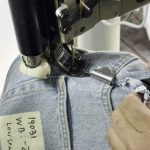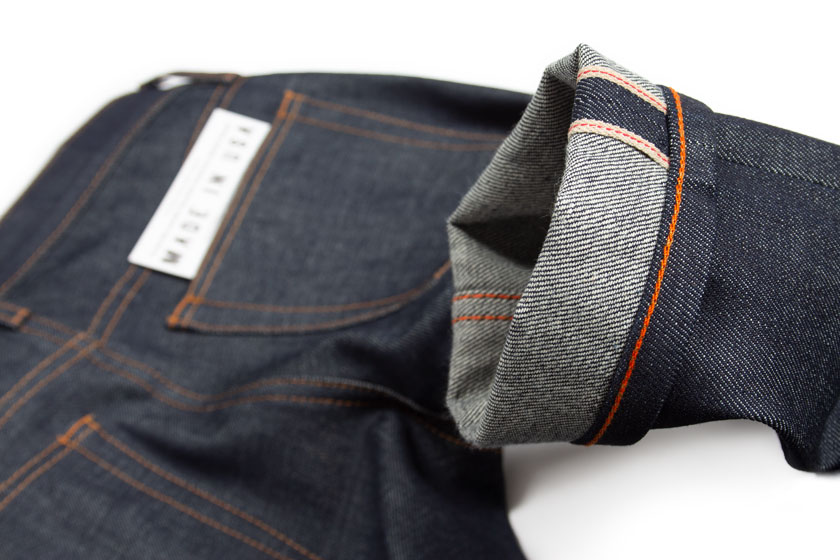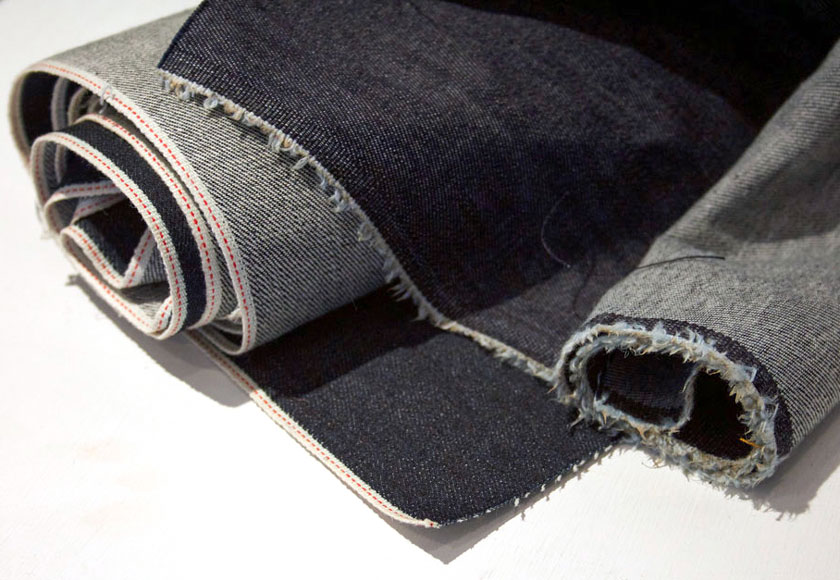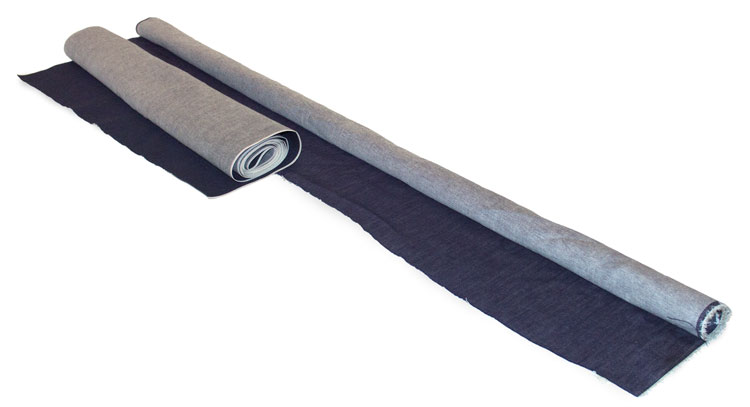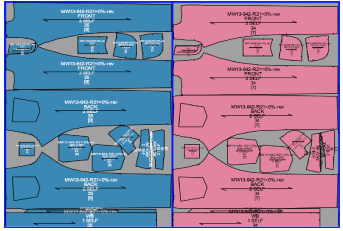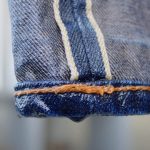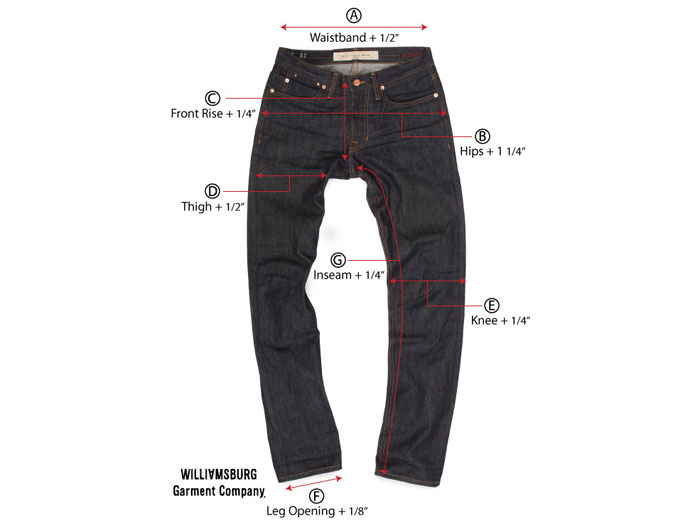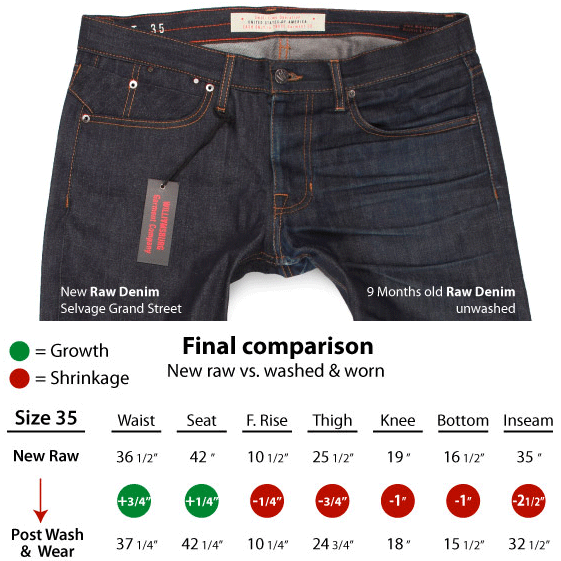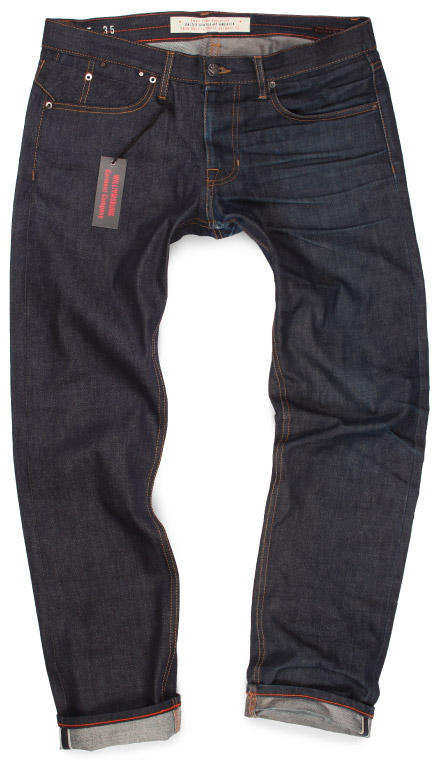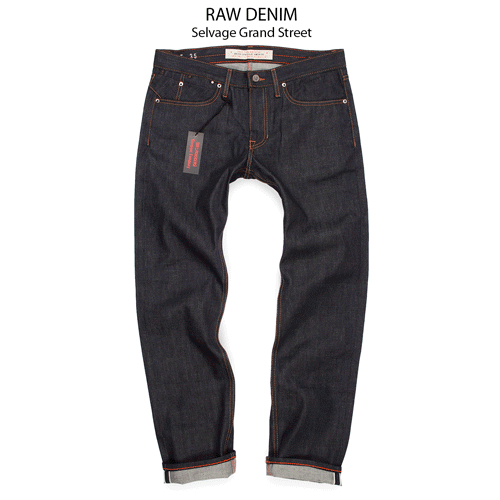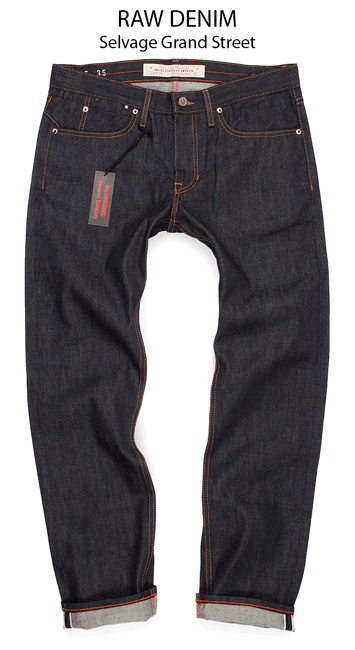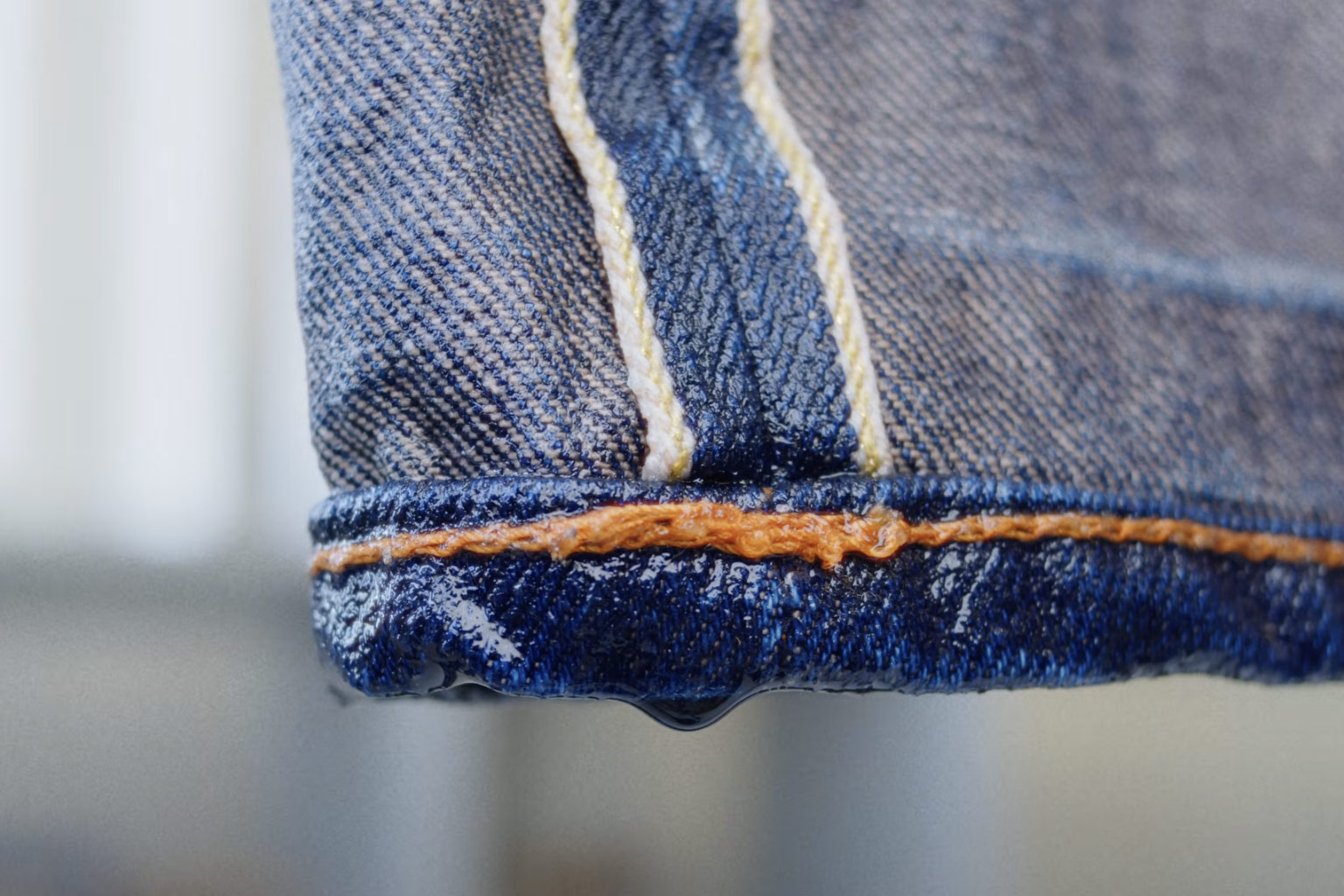
Washing raw denim has long been a topic of debate. Some purists believe in waiting as long as possible, while others argue that washing enhances the fabric’s character. But knowing how to wash raw denim jeans properly can make all the difference in maintaining the integrity of the denim while preserving those hard-earned fades.
In their latest video, Benzak Denim Developers demonstrate their recommended method for washing raw denim for the first time, using a well-worn pair of BO2 Straight jeans made from their 10-year anniversary denim. They cover everything from prepping your jeans before the wash to selecting the right machine settings—ensuring your denim stays in top shape without unnecessary shrinkage or fading.
If you’ve ever wondered when to wash, why washing matters, or most importantly, how to wash raw denim jeans, this video lays it all out. Watch below to see how a year of wear transforms after a proper wash.

